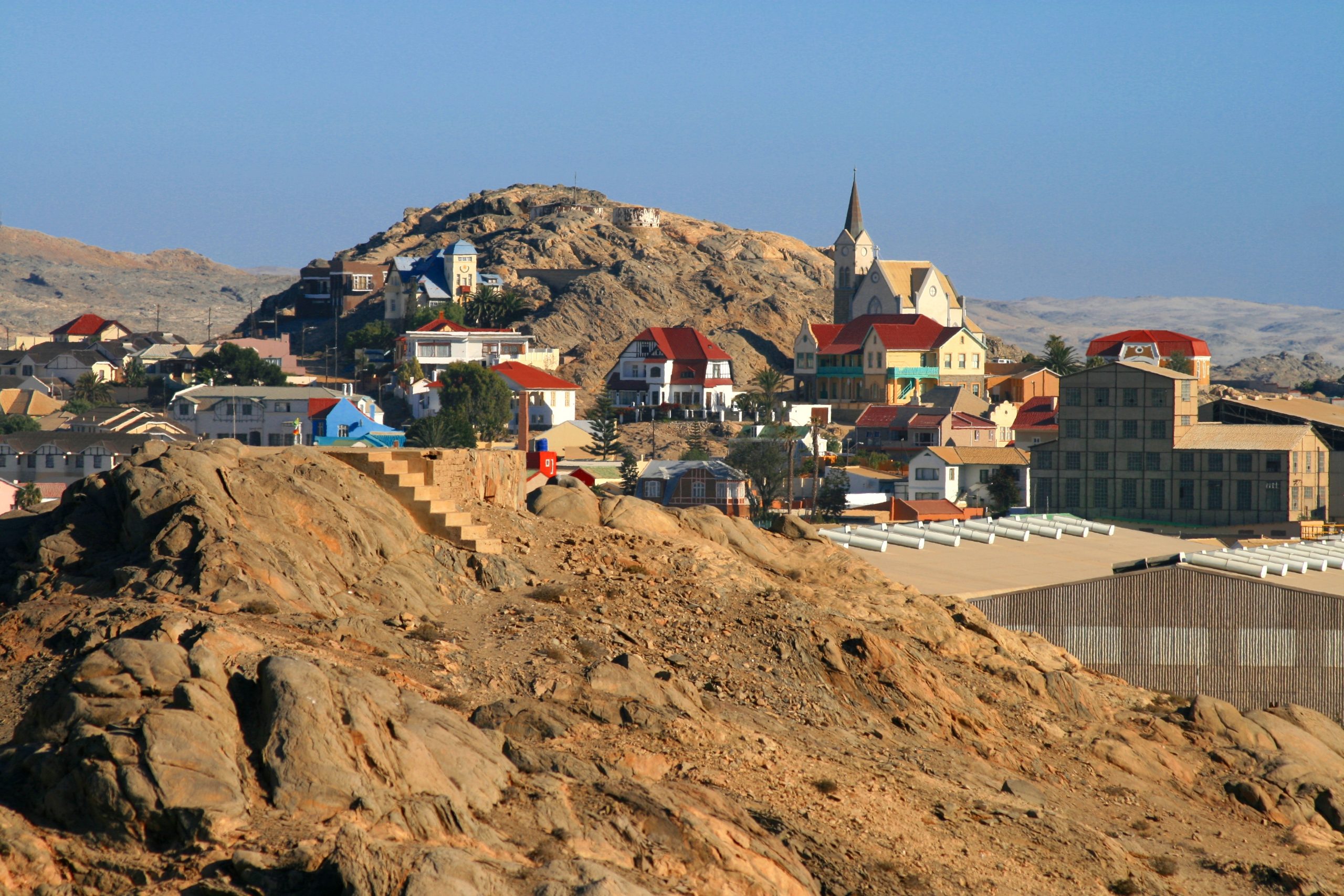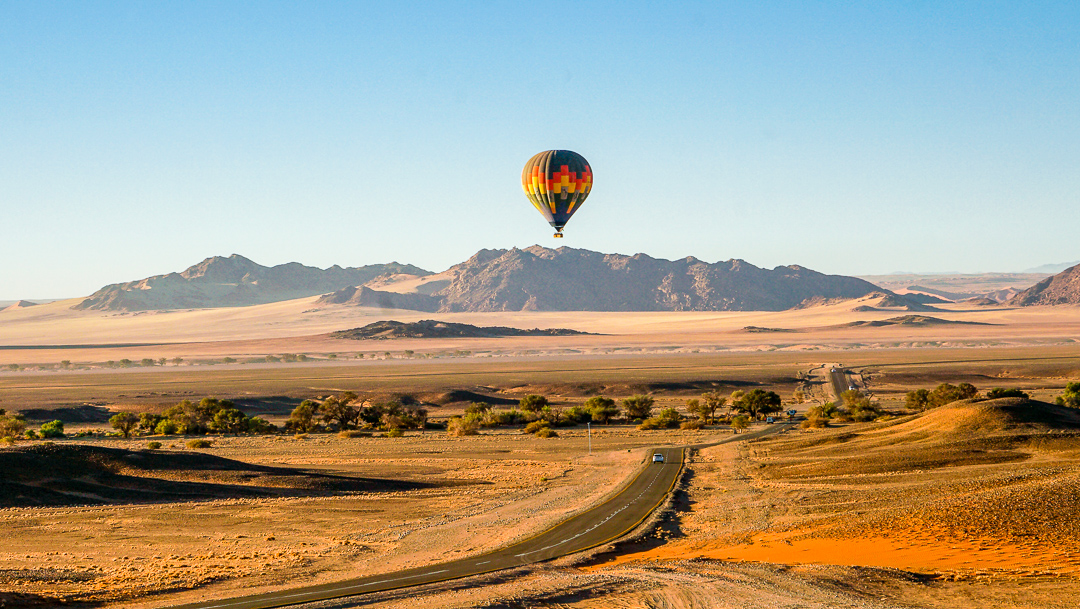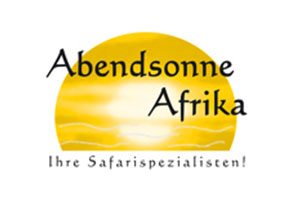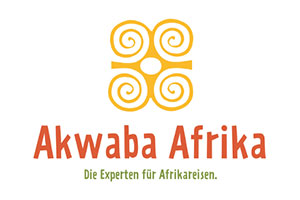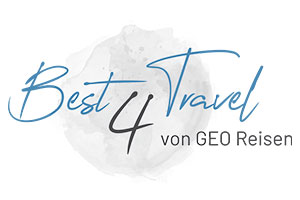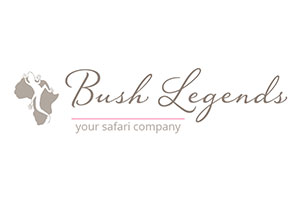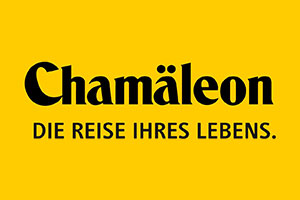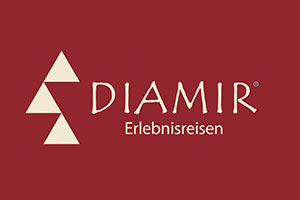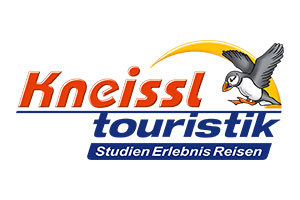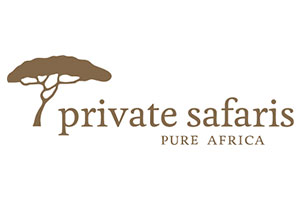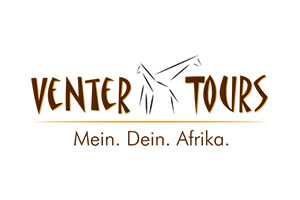Travel tips for Namibia
Top 5 Experiences
From the world’s oldest desert to 6000-year-old rock paintings and the fertile Caprivi Strip, Namibia is a land of contrasts, both scenic and cultural. Among the indisputable highlights are:

Desert
Savannah is the country’s defining landscape: whether it is the red-sanded Kalahari Desert or the characteristic Namib Desert with the famous dunes of Sossusvlei. Namibia is where unique scenery and boundless space meet an unforgettable display of colours.
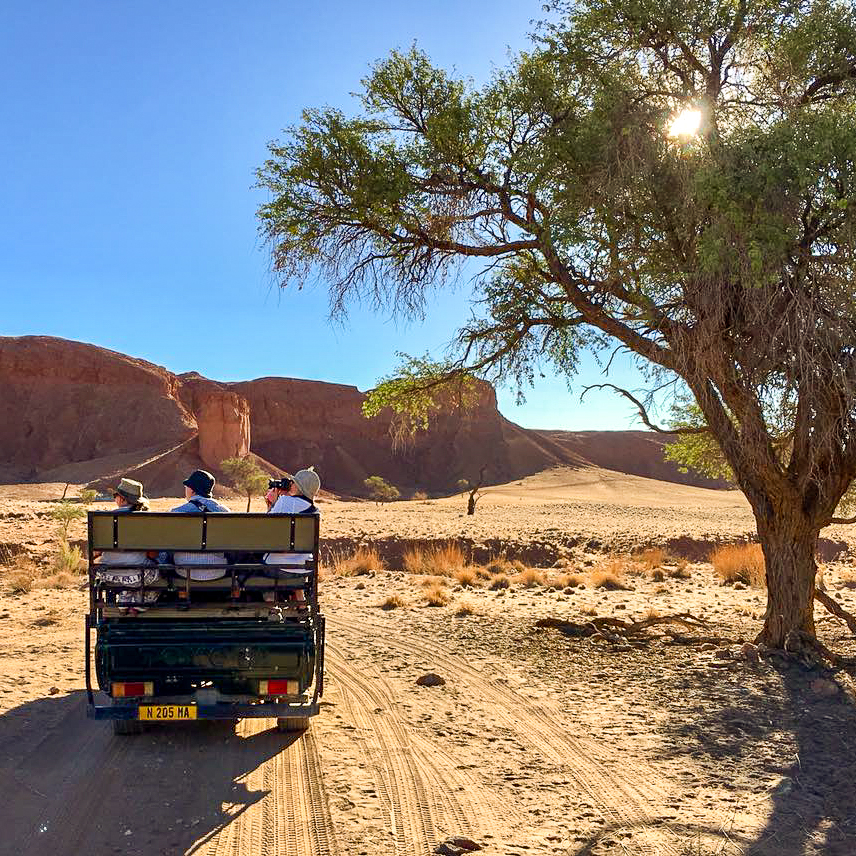
Safari
The Etosha National Park with its famous salt pan is one of the main attractions of the country. Here one can see the „Big Five“ as well as numerous antelope species, zebras and many more. But also in other parts of the country one does not miss out on the safari experience, one can meet for example an oryx antelops in the Namib Naukluft Park, a giraffe in the Kalahari Desert or an elephant in the Kaza Transfrontier Park.

Cultural Heritage
Ovambo, Herero, Damara, Himba, San… these are only some of the tribes living here. The San, also called Bushmen, are considered to be the oldest living culture existing today. During a visit to the tribe one can learn how the former nomadic people lived and survived. Also an insight into the life of the other tribes should not be missing on a journey, whether with the hunters of the Damara, the cattle breeders of the Ovambo and Herero or the semi-nomads of the Himba.
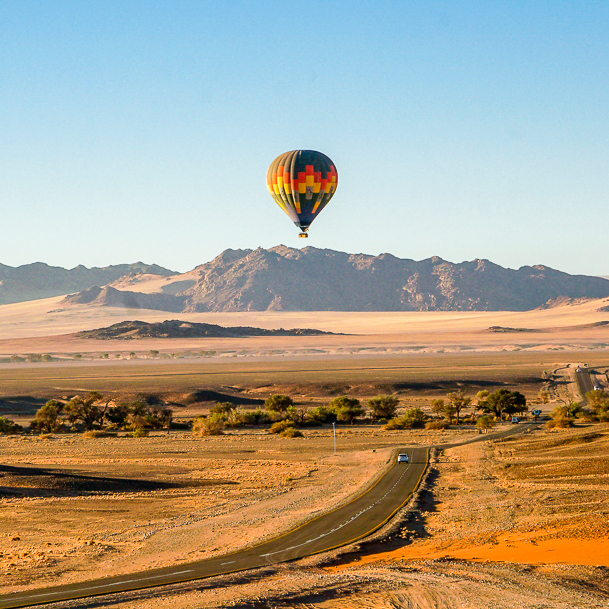
Active Tours
A paradise for outdoor lovers, both on land and on water! Hiking fans will enjoy the Fish River Canyon, the Naukluft Mountains or a multi-day desert tour. Alternatively, dune surfing or kayaking on the Atlantic Ocean will delight active vacationers.
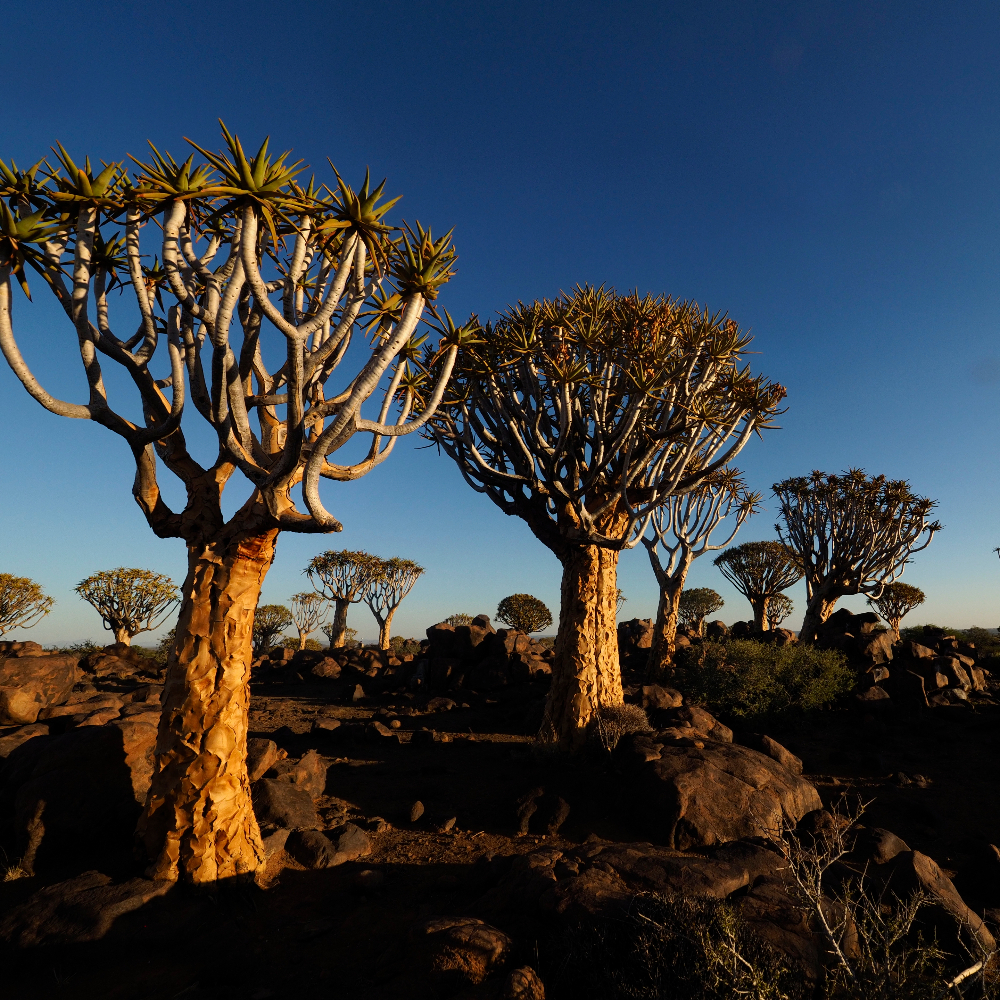
Caprivi
The Caprivi Strip with its wet savannah climate offers a real contrast to the rest of the country. The dense, lush forest land is home to buffaloes, hippos and a variety of birds. The best way to explore the area is by safari truck or boat, but a trip to visit one of the local tribes is also recommended.
Tourist infrastructure
The flight connections from Europe are well developed, whereas Windhoek is serving as the starting and end point of all connections. With its well-developed infrastructure, Namibia offers best conditions for a self-drive with a rental car. The road network covers more than 45,000 kilometres, the majority of which is not asphalted but has a gravel or earth layer. These difficult road conditions lead to heavy wear and tear, and therefore, high insurance costs for the vehicles.
Within the country there are many beautiful accommodations, which are mostly adapted to the surrounding landscape and offer a special atmosphere. Since the number of rooms is limited, it is recommended to book in advance during the high season.
Climate and travel season
The seasons in Namibia are opposite to Europe, it can rain in the warm summer (November-March), and winter (May-September) is very dry. The temperatures are in the winter months at a pleasant 20 – 25°C, in the summer at 30 – 35°C. The best time to travel is between May and September, as temperatures are mild at this time of year and it hardly rains. For the best safari experience, the end of the Namibian winter (August-September) is recommendable, as the dryness gathers many animals at the few watering holes.
Visa and entry
Germans, Austrians and Swiss do not need a visa for entry. Upon arrival, travellers receive a free entry stamp (Visitors Entry Permit), which is valid for a maximum of 90 days. The machine-readable passport must be valid on entry for at least 6 months beyond departure and contain at least two free pages for endorsements.
Since the regulations can change at any time, all information are non-binding and without guarantee. Please observe the visa regulations and the current information of the Federal Foreign Office / Federal Ministry European and International Affairs / Federal Department of Foreign Affaires at all times.
Impressions from Namibia
(Click to enlarge)
Stories
ReThinking Africa Panel auf der ITB 2024
Unsere Geschäftsführerin Hanna Kleber - als Gründungsmitglied der ReThinking Africa Foundation - moderierte zusammen mit Dr. Holger Bingmann eine Podiumsdiskussion ...
ReThinking Africa Panel at ITB 2024
Our CEO Hanna Kleber - as founding member of the ReThinking Africa Foundation - moderated together with Dr. Holger Bingmann a panel at ITB bringing together ...
ReThinking Africa Foundation – Reception
ReThinking Africa Foundation led by Dr. Holger Bingmann, Hanna Kleber (CEO of Voice4Africa) and Oliver Alexander gathered African Ambassadors of ...
Our partners for Namibia
General updates
Current accessibility
Corona precautionary measures
Status: 12.11.2021



